WHY YOU SHOULD VISIT BOSNIA & HERZEGOVINA?
Despite the passage of time, the scars of the past have not been healed. Bosnia & Herzegovina (BiH) is still riddled with bullet holes and painful memories of the bloody and violent domestic conflict of 1992-95. But Bosnian warm hearts are beating strong. Everyone is welcome here. For centuries BiH has been known as a place where religions and cultures live peacefully next to each other and even the last war could not change it. This is one of the most fascinating and hospitable countries in Europe.
STROLL THROUGH THE OLD SARAJEVO - Baščaršija
Strolling through the maze of cobbled alleys of Baščaršija, the main tourist attraction of the city let you to witness the oriental architecture of Balkans and travel in time. Baščaršija (also known as Pigeon Square) is a lively oriental market where local craftsmen make and sell their products: jewellery, pottery and the like. It is where you can strike up a conversation with a local merchant and listen to the untold history. Baščaršija is also filled with dozens of restaurants and little cafés so sit down and enjoy the Bosnian coffee and try cevapi (small, oblong-shaped kebabs from lamb or beef served in Bosnian pita bread and raw onions) and/or burek (a flaky pastry with a meat, spinach or cheese filling).
BOSNIAN COFFEE
Bosnians can drink coffee for hours on end, sitting with friends and just chatting. It is a part of social etiquette. Bosnians are very sociable, relaxed and down to earth. But remember - never call their coffee Turkish. In Bosnia is an element of national identity and pride. The difference is in the process of making. Bosnian coffee is also served in a full džezva, Turkish coffee is served just in a single small cup.
BOSNIAN WAR - THE SCARS OF THE PAST
The past is part of the present in BiH. It is one of the unique places where you cannot escape it. If you were attentive during the history classes you would remember - Sarajevo was where Archduke Franz Ferdinand was assassinated in 1914 (at the Latin Bridge), sparking the beginning of the World War I. But Sarajevo is even more associated with the brutal bloody Bosnian - Serbian conflict of the 90s. During 1425- day siege of Sarajevo, Serbs bombarded the city from the surrounding hills taking 11 541 human lives (1601 kids were killed) at injuring at least 50 000. Scattered around the city “Sarajevo roses” – craters left by the deadly grenades filled with red resin honour those who shed the blood and remind about the tragedy that happened here.
THE TUNNEL OF HOPE
When in 1992 Serbian army, surrounded and started bombarding the city, over 300 000 its inhabitants were disconnected from the outside world and life supplies (Serbs cut off also water, electricity and heating) People were starving. It took 4 months, 3000-4000 bosnians, a number of shovels and pickaxes to dig out 800 m long, 1 m wide and average 1,5 m height tunnel connecting city of Sarajevo with the airport secured by United Nations, allowing the passage of humanitarian aid, medicine, food (very often leftovers from the Vietnam war - expired food cans) and artillery. Today, about 20 m of the tunnel used during the war and surrounding area was transformed into a museum. When you are in Sarajevo, join the unique tunnel of hope tour (bus taking you to the tunnel of hope will go along a sniper alley) and free city walking tour in order to understand and learn more about a complex & hearbreaking history of Sarajevo.
THE JEWEL OF MOSTAR - STARI MOST (OLD BRIDGE)
For Bosnian men living in Mostar not to take the plunge from Stari Most (Old Bridge) is a huge dishonour. People have been jumping off the Old Bridge (to impress local girls) for over four hundred years. 16 century Ottoman style Old Bridge spanning the Naretva River is the most famous country landmark. “It looks like the arch of a rainbow”. It was destroyed during the Bosnian war in November 1993, but reconstructed meticulously afterwards.
Young local men and occasionally tourists jump off from the Old Bridge to the flowing and freezing cold waters of Naretva. The plunge is about 24 metres from the top of bridge and lasts only 3 seconds. The local divers forming Mostar Diving Club charge tourists 25 EUR for a jump. Foreigners can also take the plunge from the bridge after obtaining an approval from the Club and making a payment: 10 EUR for training and 25 EUR for a jump. Every year in July, Mostar hosts the diving competition.
BLAGAJ TEKIJA & KRAVICE FALLS
Explore also the nearby area, its incredible street art and chill in one of the many local restaurants. You might want to consider a short visit in Blagaj Tekija. Located 12 km southwest from Mostar, next to the river Buna, Blagaj Tekija – is a 600 yrs old dervish monastery. In a hot summer day you can cool off in Kravice Falls.
COME TO BiH
BiH is one the most overlooked but the most authentic travel destinations in Europe – a wonderful amalgam of West and East. You can find here breath-taking nature, majestic mountains, raftable rivers, divine cuisine, and hospitable enthusiastic people. Come and listen to their stories.










